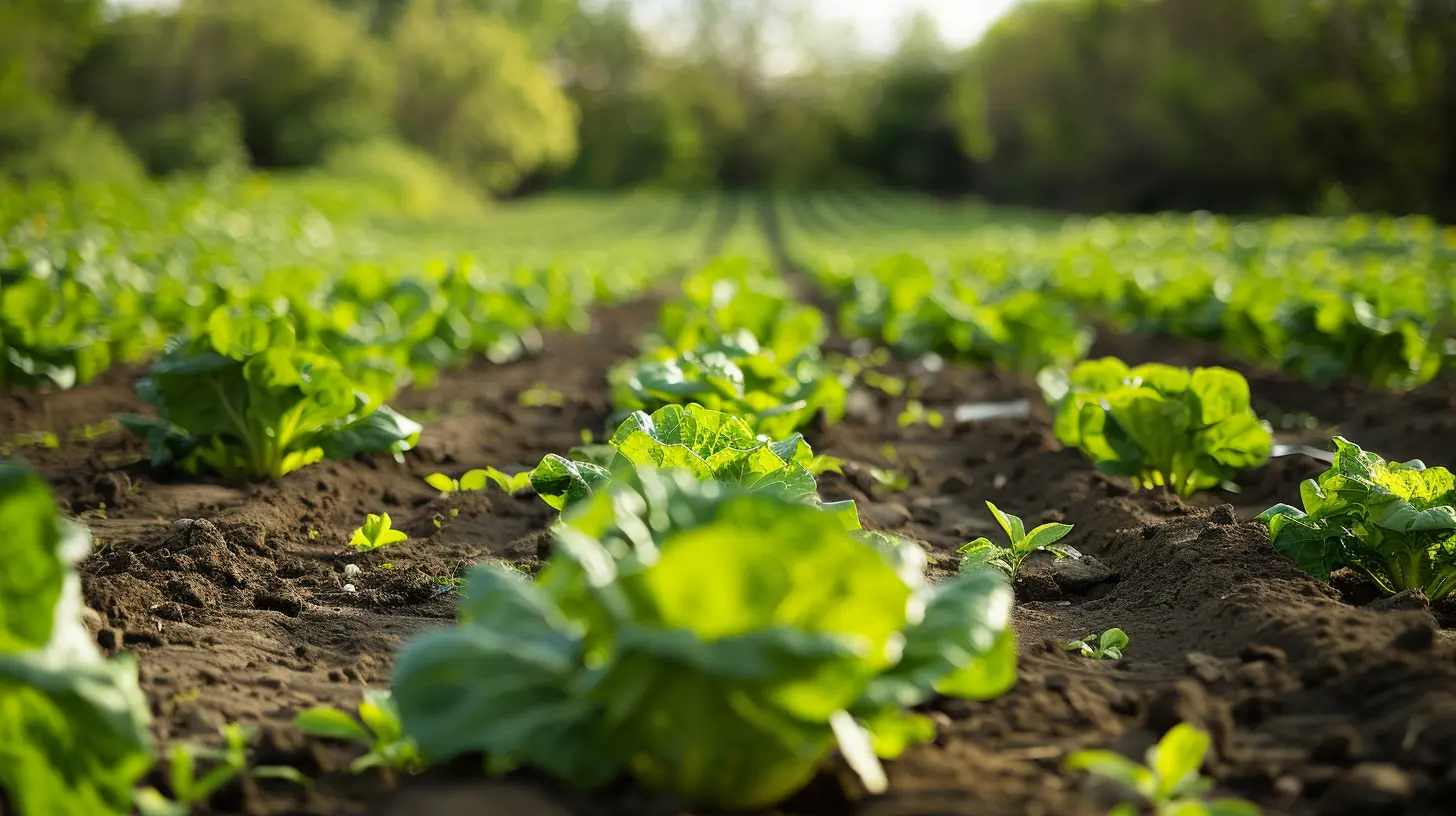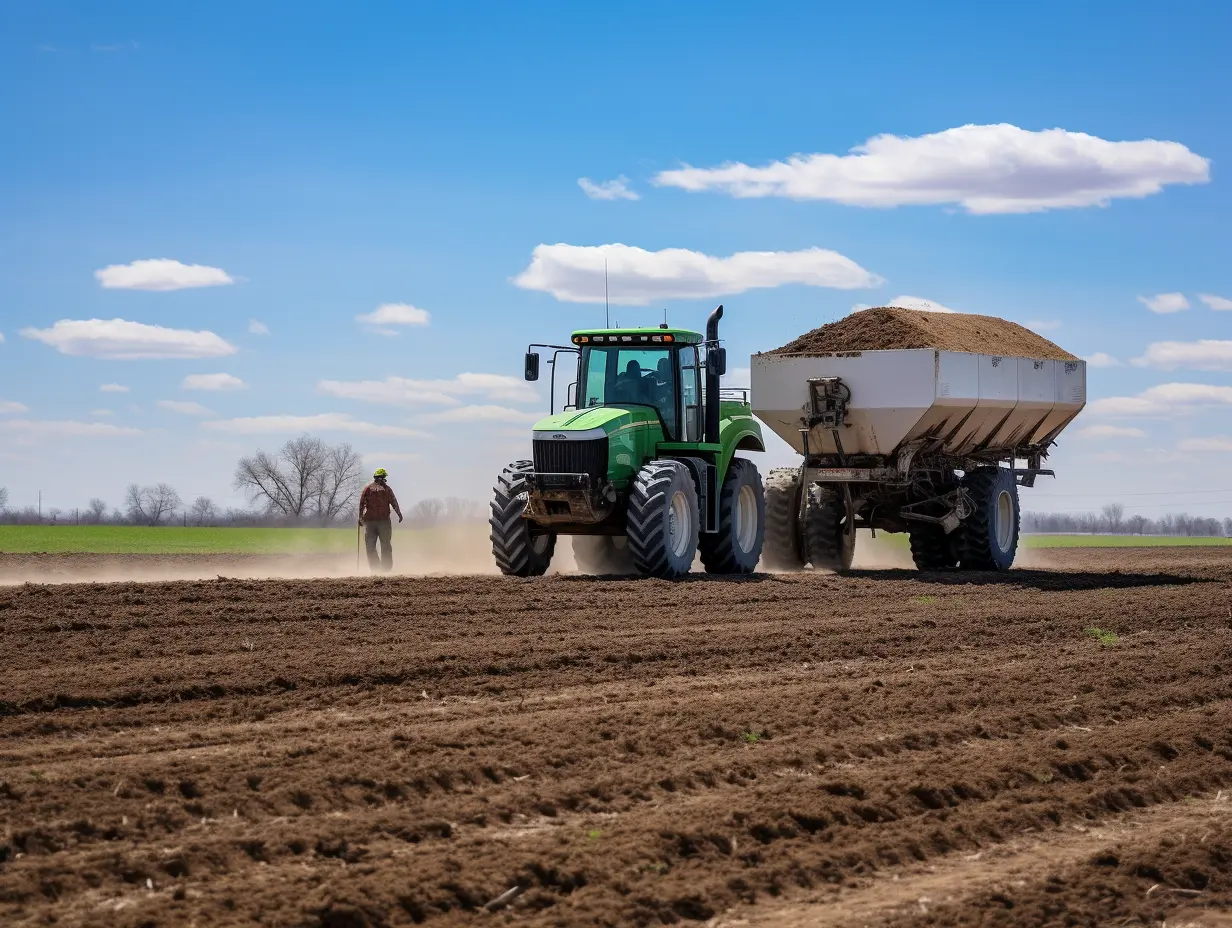Selecting the right compound fertilizer is crucial for enhancing your farm's productivity and ensuring sustainable soil health. This guide provides insights into how to choose the best fertilizer tailored to your farm’s specific needs.
Before choosing a compound fertilizer, it’s essential to conduct a soil test. This will help determine the nutrient composition and pH level of your soil, allowing for informed decisions on fertilizer selection.
There are various methods available for soil testing, ranging from DIY kits to professional laboratory services. Ensure that your testing covers key nutrients such as nitrogen (N), phosphorus (P), and potassium (K), as well as micronutrients.

Different crops have varying nutritional needs. Understanding the specific requirements of the crops you plan to cultivate will guide you in selecting a suitable compound fertilizer.
For instance, leafy vegetables generally require more nitrogen, while root crops benefit from higher levels of potassium. Consult agricultural extension services or reliable farming resources to determine specific nutrient needs for your crops.

After assessing your soil and understanding your crops' needs, evaluate the types of compound fertilizers available. Options include NPK fertilizers with specific ratios tailored to different crop requirements.
The timing and method of fertilizer application can significantly impact crop uptake. Apply fertilizers at the right growth stages and use methods such as broadcasting, side-dressing, or fertigation for optimal results.

It’s important to monitor crop performance and soil health continuously. Adjust your fertilization practices based on the observed outcomes to ensure optimal growth and sustainability.
Choosing the right compound fertilizer for your farm is a process that involves understanding your soil, knowing your crops' nutritional needs, and selecting the appropriate fertilizer type and application methods. By following these guidelines, you can optimize your crop yield and support long-term soil health.

